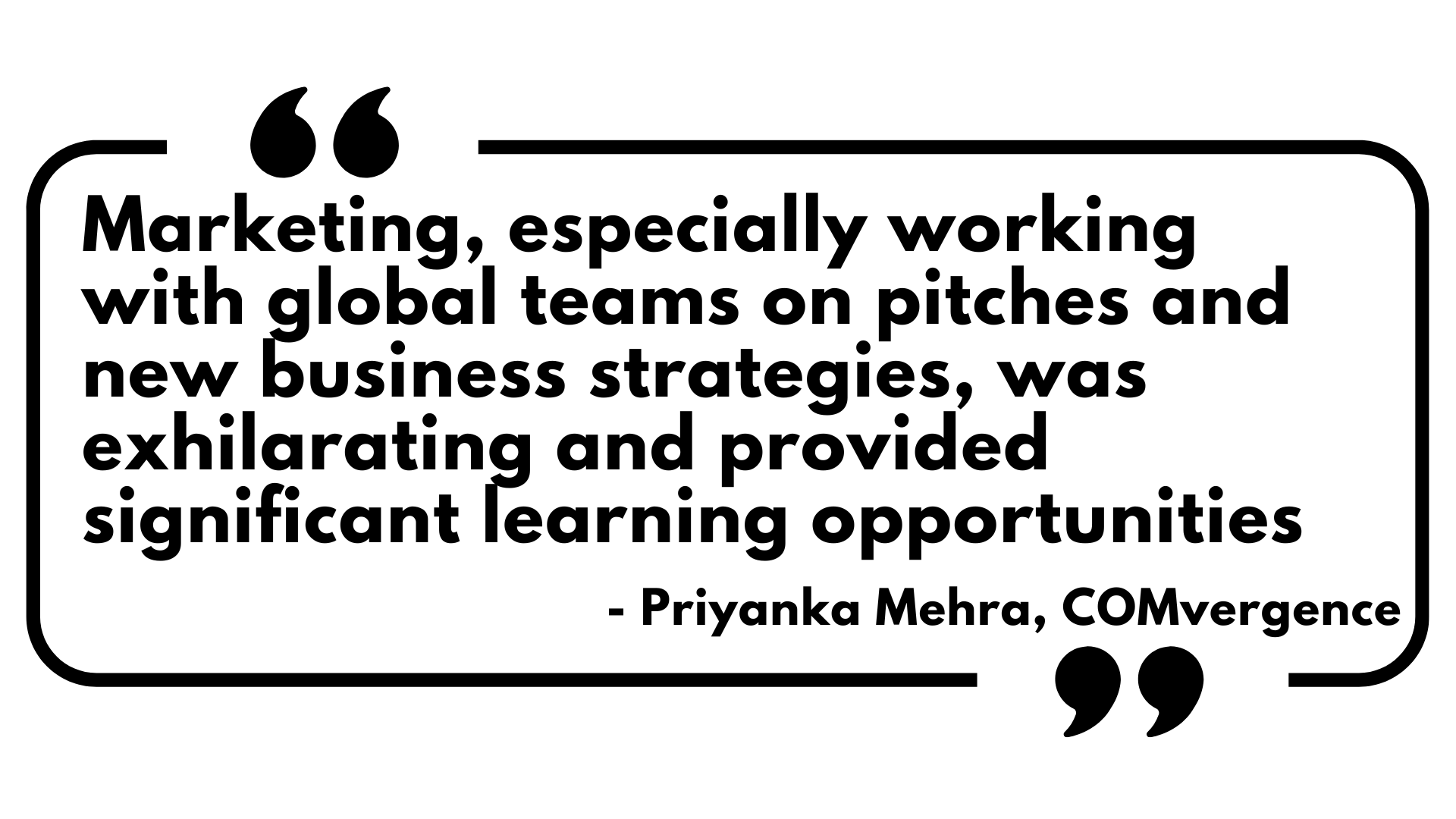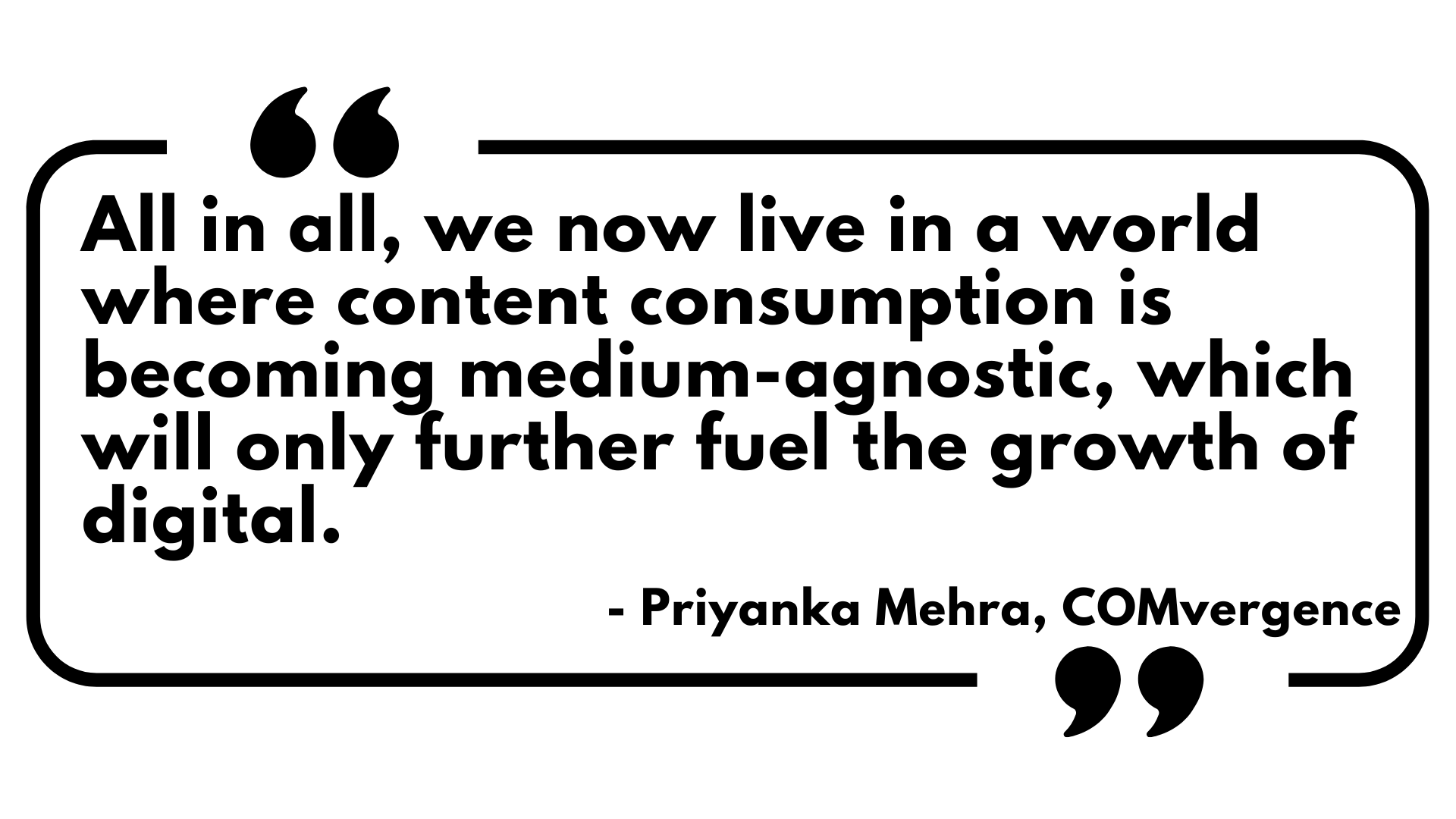
Having worked across key APAC markets for over two decades in marketing, communications, and journalism, can you take us through your career journey and mention some of your takeaways?
I’ve been fortunate with a varied career in marketing, communications, journalism, and a recent focus on the business side at COMvergence. My journey began in direct marketing, where I learned fundamental principles that remain unchanged despite the evolving consumer engagement landscape. Understanding your consumer and ensuring every communication includes a clear call to action are just as relevant today as when I started.
My fascination with understanding “what makes people who they are” led me to journalism, where I met diverse individuals in India and globally. This role allowed me to capture our conversations’ essence and share these insights, impacting many readers.
Marketing, especially working with global teams on pitches and new business strategies, was exhilarating and provided significant learning opportunities. Content marketing was thrilling; building content properties for brands during the “content” buzzword era revealed its true potential.
In corporate communications, I learned the importance of sensitized and timely communication, crucial for averting and resolving crises. The pandemic transformed my view of leadership, fostering profound respect for compassionate leaders who revealed their true mettle.
Each experience taught me invaluable lessons, reinforcing the importance of adaptability, continuous learning, and human connection in all forms of media and communication.

What is the one quality that has held you in good stead in your career journey?
Undoubtedly, curiosity complemented by a sense of fearlessness has driven me. I have an inherent sense of curiosity and always want to learn and chart new paths. This combination has pushed me out of my comfort zone on several occasions, enabling me to take risks and making me richer in knowledge and experience.
You were recently quoted saying that brands from small cities are now spending more money on digital. What are the factors contributing to this increase overall for India?
Yes, in the last few years in India, there has been an increase in brands from smaller cities spending on digital. Brands from smaller cities are launching themselves on digital first. While the spending is smaller, the number of brands is steadily increasing.
From an overall India standpoint, increased digital penetration, sports content, OTT content, and targeted advertising capabilities make digital growth more conducive. To explain this further, there has been a significant increase in spending on e-commerce in categories like FMCG, fast fashion, groceries, beauty care, and personal care. The e-commerce pie is only set to increase further. Adding to this is the rise and use of quick commerce platforms and marketplaces, leading to more spaces for product discovery and new brand launches, boosting e-commerce spending.
Furthermore, the shift from linear TV to connected TV viewing has led to increased digital advertising as it has opened up an entirely new arena of opportunities for advertisers to tap into. This is expected to further increase with the plethora of content available across genres. The significance of sports-related advertising was most evident during the pandemic when IPL brought welcome relief to the media community in India. There has certainly been a boost in sports-related events advertising in India, led by cricket, as it now offers immersive viewing options from online to on-ground. We see an increase in spending on both TV and digital related to sports. Again, connected TV viewing, boosted by data analytics, leads to the ability to customize options for advertisers highly.
All in all, we now live in a world where content consumption is becoming medium-agnostic, which will only further fuel the growth of digital.
4. How do you think the media agency’s eco-system has evolved to adapt to a fast-changing digital environment?
The larger media agencies have been reinventing themselves by streamlining their offerings and investing in data capabilities. They have made significant efforts to develop and invest in their tech stack at the group level, providing integrated solutions to clients while focusing on speed and agility to keep up with the fast-changing digital environment. This is a global phenomenon.
Another approach holding companies are taking is acquisitions. In fact, our (COMvergence) 2023 annual global study on acquisitions in the Marcom space indicated the Big 6 (holding companies) were very active in acquisitions last year.

5. If given a chance to visit either the past, present or future, which one would you choose and why?
Focusing on the present enables me to have a brighter future, so I choose to live in the moment.